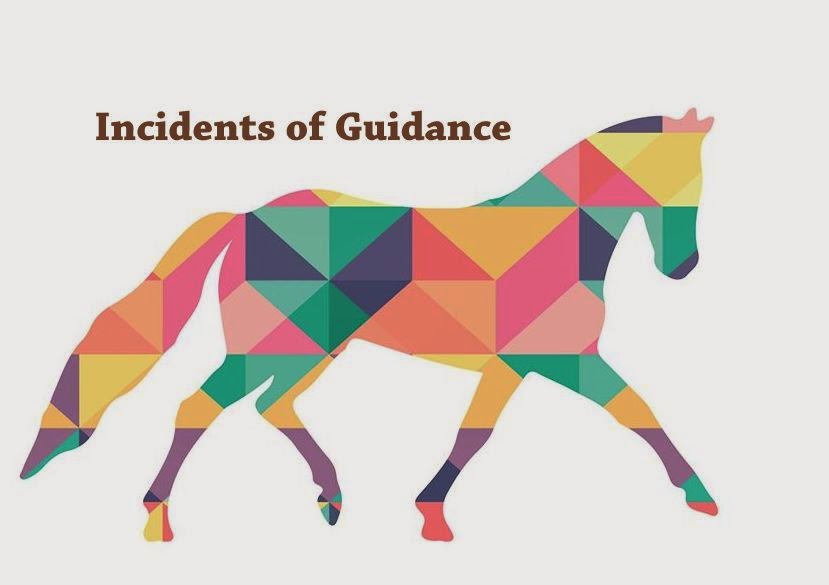I met trainers who have balanced horses and real life in a way that was super commendable, I got to interview a few FEI trainers on their progression to Grand Prix (all the while embracing that they're still working on things too! You'll never just arrive!), make some friends, and let's not forget the mind-blowing experience of getting three days of lessons with one of my all-time biggest heroes, Mary Wanless.
Did you know that she has a degree in physics?!
Megan wrote about the structure of the clinic, which I think is an important background before you think about any of these concepts.
Today we're talking about something very important that underlies the RWYM philosophy.
Declarative knowledge involves knowing THAT something is the case - that J is the tenth letter of the alphabet, that Paris is the capital of France. Declarative knowledge is conscious; it can often be verbalized. Metalinguistic knowledge, or knowledge about a linguistic form, is declarative knowledge.
Procedural knowledge involves knowing HOW to do something - ride a bike, for example. We may not be able to explain how we do it. Procedural knowledge involves implicit learning, which a learner may not be aware of, and may involve being able to use a particular form to understand or produce language without necessarily being able to explain it. - Source
Eventually, we come to the conclusion that we can view as the rider as the cause and the horse as effect - for a small proof of concept, consider how much better your horse goes underneath a really talented rider. That rider's control over his own body and fascial net cause a very different effect on the horse than your control and your fascial net.
I've filled in some examples of words that might fall into the 1st and 2nd toolkits, and if they don't all make sense to you, that's alright: they probably shouldn't. A big part of the 1st toolkit is creating feelages within the rider's body and then attaching specific words to those feelings, to allow for a clear coach-rider interaction.
Then we add in one more piece called the zero toolkit. This toolkit is dominated by a thorough understanding of operant conditioning. Does the horse know how to learn, and does the rider know how to train? Many pieces of groundwork fall into the zero toolkit, and I think that the basics of clicker training add to this toolkit and make it a really powerful baseline.
If we have a horse that throws his shoulders left and jack-knifes while tracking right, we can move through the toolkits to explore solving the problem. Zero toolkit: does the horse understand the rein aids? Are we absolutely sure he knows what pressure on the reins means? First toolkit: is the rider shifting her weight in a way that encourages the horse to collapse to the inside? Is the rider transmitting force correctly? Is the rider taking the horse, or is the horse taking the rider? Second toolkit: practice riding square turns, spiraling circles, and leg yielding into the left rein in order to get the horse more appropriately connected to the rein.
Mary had a great way of describing this. Sometimes there are trainers who are just really blessed in one toolkit or another, and they don't think much about the existence of the other toolkits. So it's as if these three trainers are in a pitch black room, touching one part of an elephant. The zero toolkit is touching the elephant's ear and trying to explain it, while the first toolkit examines his trunk, and the second toolkit has his leg. Without an ability to see the elephant in its entirety, each trainer might think the other is stark raving mad.
When we put it all together, we have a much more convincing roadmap forward toward our ideal horse than if we only focus on the exercises we need to be able to accomplish to make it through a test, or if we focus on position to the exclusion of all else, or if we feel we have to perfect our groundwork before ever riding.
Coming in future posts, explore what it was like to take a lesson from 30 trainers at once, learn more about fascial nets and what to do about soggy lines, the emotional impact of abandoning what's comfortable, and even more.












